(963 products available)





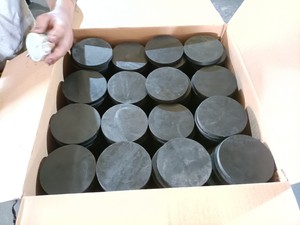


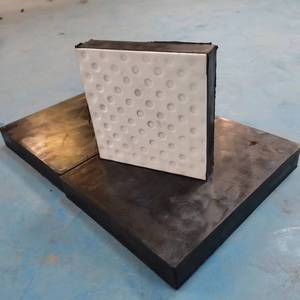
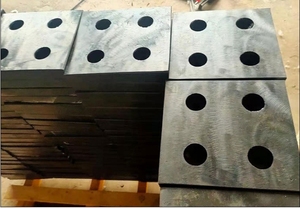
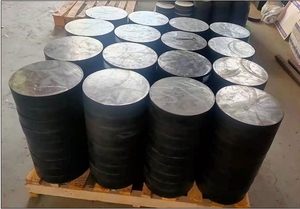
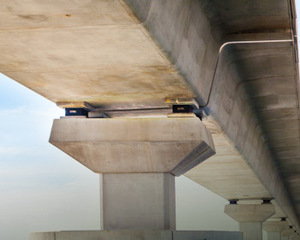







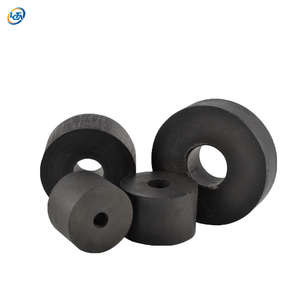
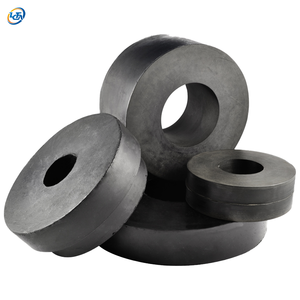


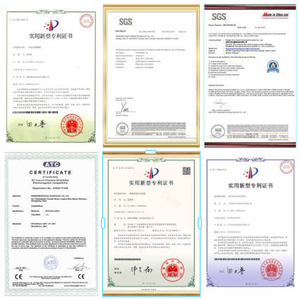
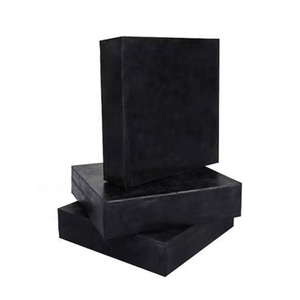
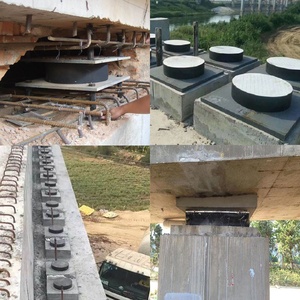




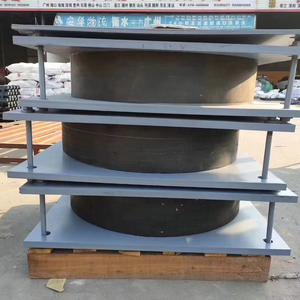

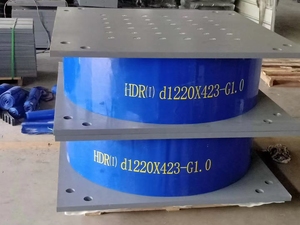








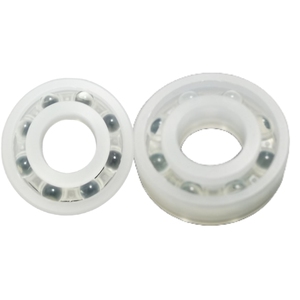



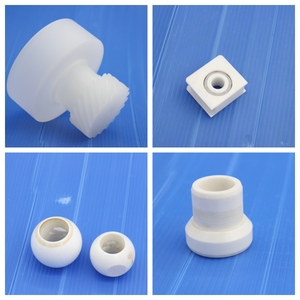
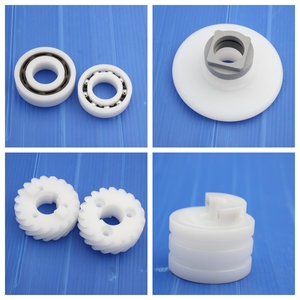





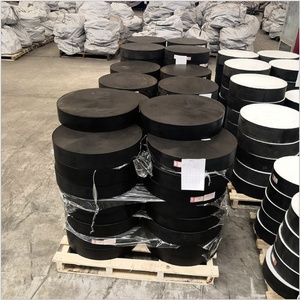












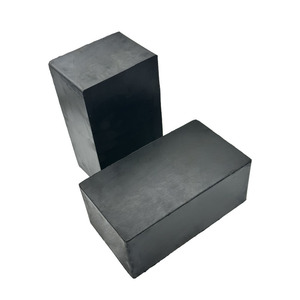




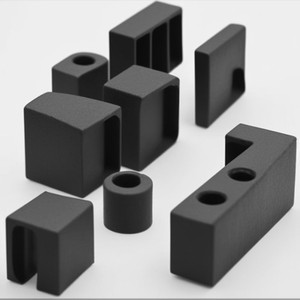


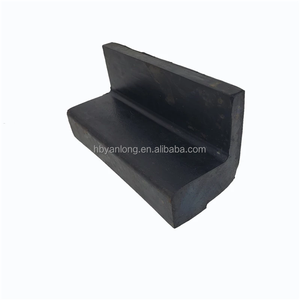


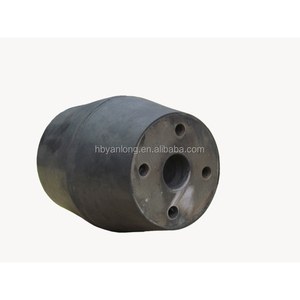





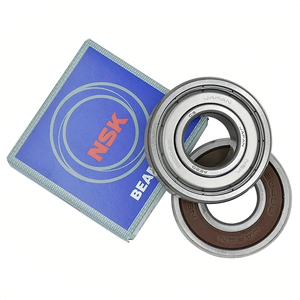




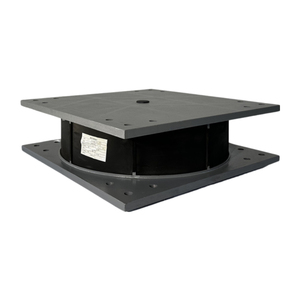


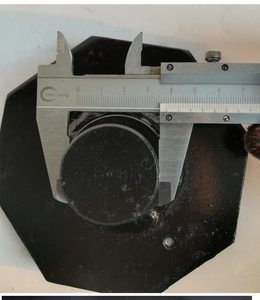

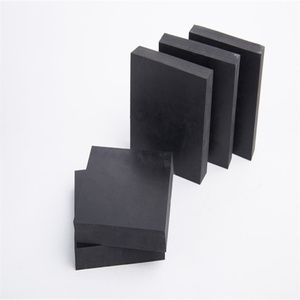











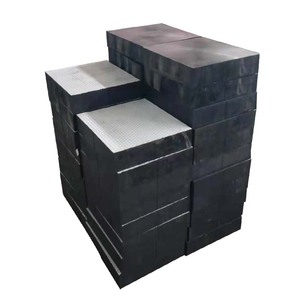

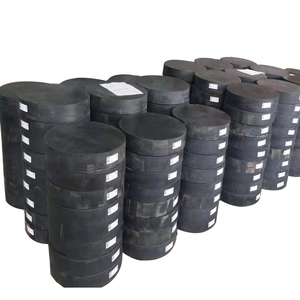

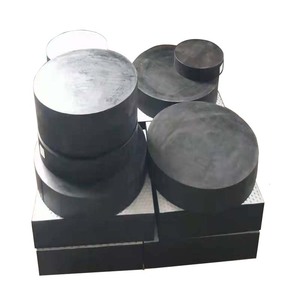
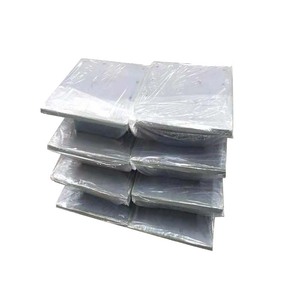


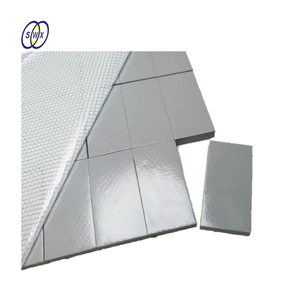

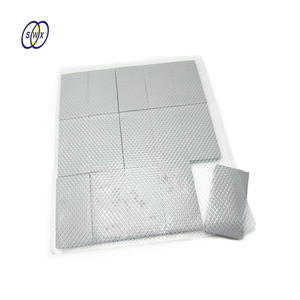
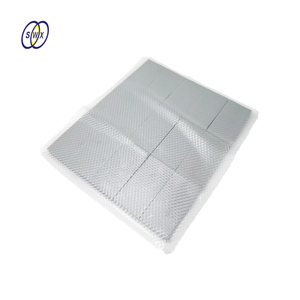




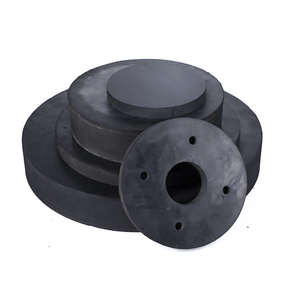
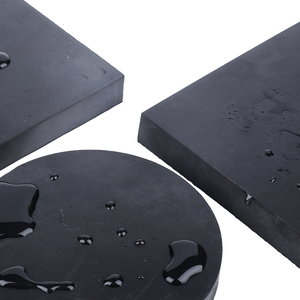
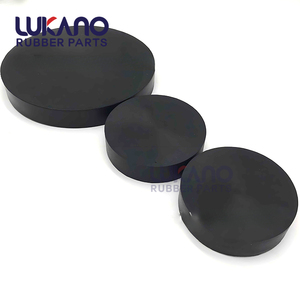




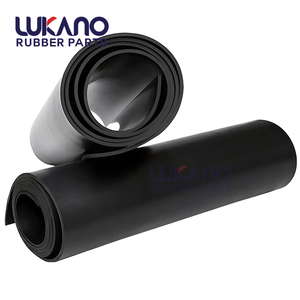
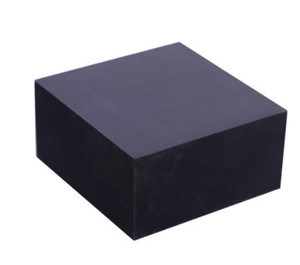

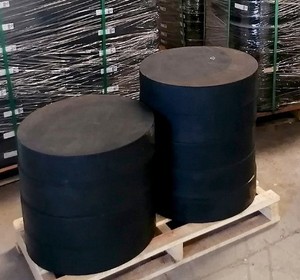

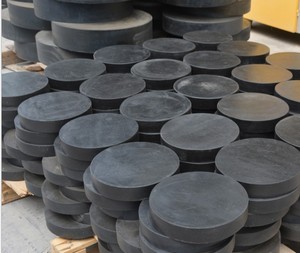











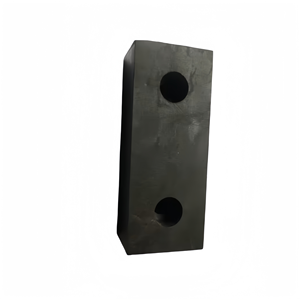


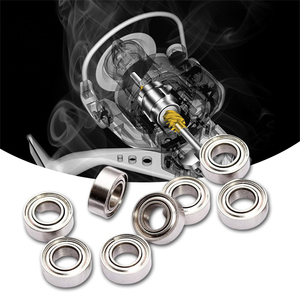

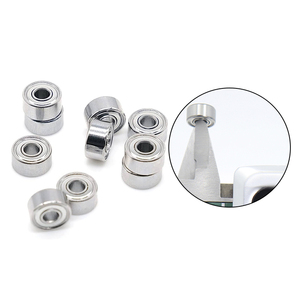


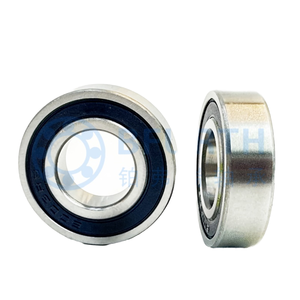

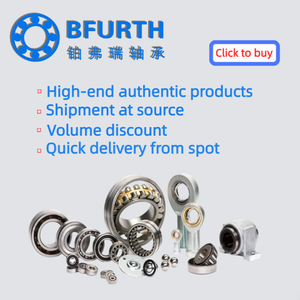
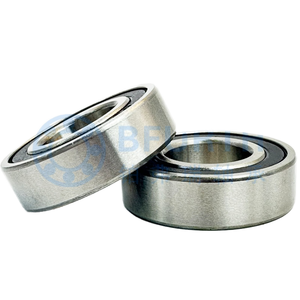


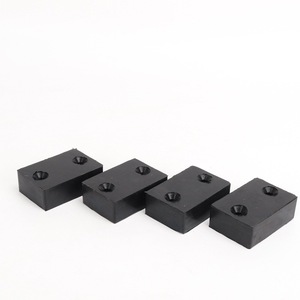
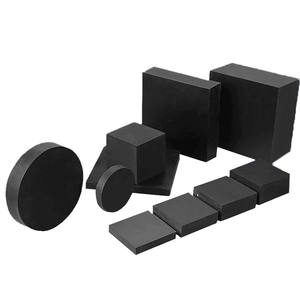
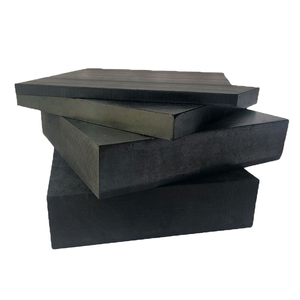
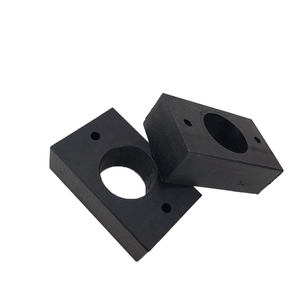

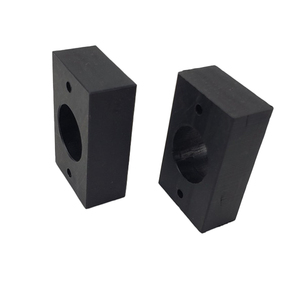







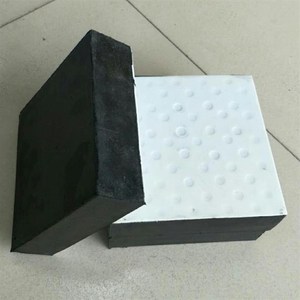








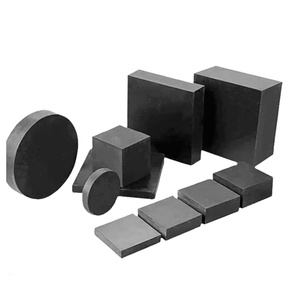
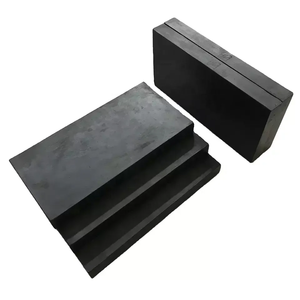
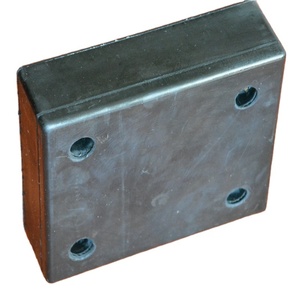



Elastomeric pad bearings are mainly of three types. They include reinforced or simple elastomeric pad bearings.
Reinforced elastomeric pad bearings
Reinforced elastomeric bearings are produced to offer greater support to heavier structures. In particular, they are suited for the taller and heavier constructions. The bearings integrate internal steel sheets. These sheets bridge the tension and compression generated by any structural load. Thus, they enhance the bearing's stiffness. In operation, the steel sheets indicated are located at an angle. This way, the reinforced elastomeric bearings alter the way load distributes across the pad.
Simple elastomeric bearings
Simple elastomeric pad bearings consist of several layers of elastomer. They are manufactured to offer flexibility and accommodate differential movement and expansion. Besides, the bearings isolate the vibrations propagated from any dynamic loads to the structure. In structures like bridges, where the support required is minimal, simple bearings are commonly applied.
Pot bearings
Usually, pot bearings consist of a hydraulic piston contained within a cylindrical pot. Here, the piston is filled with a viscous fluid. Commonly, the fluid offers damping by reducing shock and vibrations passed to the structure. In applications where there are movements, the damping effect is critical; pot bearings are preferred.
Bridges
Bridges, elastomeric bearings, enable expansion and contraction as well as horizontal movements. In the bridge environment, temperature changes, traffic loads, and structural settling contribute to these movements. By absorbing such movements, bearings maintain the structural integrity of bridges. They further reduce the stress placed on critical components of the construction. To enhance durability and performance, elastomeric bearings are applied to both modern and older bridges alike.
Buildings
Elastomeric bearings are fitted into the foundations and base isolations of buildings. This is particularly for those in seismic-prone regions. The bearings act like a shock absorber during an earthquake. They allow the building to oscillate independently of the ground motion. This diminishes the transfer of seismic forces to the structure. The bearings are also integrated into vibration isolation systems. They protect sensitive equipment and machinery from concurrently generated vibrations.
Industrial machinery
Commonly, elastomeric bearings provide critical support in industrial machinery applications. Mainly, this is in the context of rotating equipment. Take, for instance, motors and generators. In such applications, the bearings reduce transmitted vibrations. Thus, they ensure smoother operations. Additionally, they minimize wear on machinery components, extending their service life. It, in turn, enhances operational efficiency. Also, elastomeric bearings are highly resilient to harsh conditions like lubrication and chemical exposure.
Rail and transit systems
The bearings reduce vibrations and dynamic loads in rail tracks and transit systems. This is very important for systems such as high-speed trains and subways. Furthermore, elastomeric bearings contribute to ride comfort and the lengthening of infrastructure lifespan. Commonly, they absorb the impact and any irregularities. Also, they help maintain alignment and structural integrity of both the tracks and the trains.
Material
Elastomeric bearings are manufactured from natural or synthetic rubber. Normally, they encompass layers that offer flexibility and expansion accommodation while supporting loads. Steel plates may reinforce these rubber layers for added stiffness. Commonly, they assist in managing tension and compression. Hence, the materials used are selected based on their durability, elasticity, and resistance to environmental elements.
Load capacity
These bearings bear a range of loads. Usually, this depends on their design and size. While simpler elastomeric bearings support lighter structures, reinforced bearings handle greater loads. Bearers in heavy constructions like bridges and industrial machinery are typically designed to bear higher load.
Dimensions
Elastomeric pad bearings come in various standard dimensions. These standard dimensions vary depending on the specific application. These applications include construction type and load considerations. While custom sizes are available, most industrial applications employ standard size bearings. This is to enable easier replacement or integration.
Damping
Damping' refers to the bearings' ability to diminish vibrational transmission to a structure. Normally, viscoelastic materials are used to construct some bearings. These materials dissipate energy. Hence, they are especially useful in seismic-prone areas or in constructions that are prone to heavy dynamic loads.
Movement types
Commonly, elastomeric bearings accommodate various movement types. They include vertical (up and down) movements, horizontal (lateral) shifts, and angular (rotation) offsets. In most cases, the specific bearing type is selected to suit the movements anticipated in the given application.
Installation
Rubber bearings are easy to install. This makes them ideal for many construction mechanical applications. Usually, they are fixed directly to structural elements. In this way, no special foundations are warranted. Therefore, this feature provides significant savings in terms of time and cost during setup.
Preparing the installation site
The initial step involves ensuring that the mounting surfaces on both the superstructure (like the bridge deck) and substructure (like the supports or piers) are level and clean. This provides a stable and even base. Next, the orientation and positioning of the elastomeric bearings are checked. Standardly, these align with the design specifications to ensure proper load distribution and movement accommodation.
Placing the bearings
The bearings are then placed onto the prepared surfaces after the site is read. Usually, in bridge applications, they position the bearings on the bridge supports or abutments. Each bearing gets positioned carefully to maintain alignment with the structure's intended load lines.
Lowering the superstructure
Upon placing the bearings, the superstructure is lowered. It's done with controlled and even loads through the use of jacks or cranes. As the structure descends, the bearings gradually compress. This enables a balanced load distribution across each bearing.
Securing the bearings
Elastomeric bearings are secured by tying them to the superstructure and substructure. This ties the bearings using bolts or other fastening elements. Proper alignment is further ensured by checking it at this point. Any adjustments needed for optimal alignment are made before proceeding.
Final assessment
A final inspection is carried out after securing. In this assessment, they ensure the bearings are properly aligned and securely fastened. Any required adjustments are also identified and addressed before the completion of the process. A set of test loads is then applied. This validates the bearings' load capacity and performance. It further assesses the proper functioning of the bearings.
Elastomeric bearings, specifically pad bearings, maintenance and repair practices are important for the extension of their service life and performance optimization.
Routine inspections
Regular inspections help in identifying wear, damage, or displacement early and in a timely manner. Usually, these inspections check for signs of cracking, tearing, and swelling, which indicate physical degradation. They are also on the lookout for the bearings' misalignment or displacement. This may lead to uneven load distribution. Further, vibration and thermal monitoring is carried out to detect excess strain. In general, inspections help create an informed decision when there's need to replace or repair.
Keep it clean
Elastomeric bearings are supported by pads rarely cleaned. On rare occasions, it is advised that cleaning the surface around the bearing is done to prevent debris accumulation. This debris may cause mechanical stress or inhibit the bearings' movement over time. The kind of clean used should be that which is free from harsh chemicals that may degrade elastomeric materials.
Lubricate cautiously
Lubrication isn't commonly required for elastomeric bearings, unlike others. Occasionally, a minimal amount of grease is applied on the surface to reduce friction between the layers. This prolongs the bearings' life. However, a prior cautious approach is taken. This is due to the fact, excessive lubrication can attract dirt or even damage the rubber. Insurers use lubricants that are compatible with elastomeric materials.
Monitor structural conditions
Usually, they monitor any changes in the structure where mounted bearings exist. This includes monitoring cracks and deformities that affect the bearings. In structures with bearings, a significant change in the load or stress patterns contributes to bearing failure. Therefore, it is recommended to use real-time sensors. They give accurate readings of strain and displacement. This enables predictive maintenance.
Prompt repair or replacement
Identifying the damage early as it is inspected helps in prompt repair or replacement. Some of the common damages are cracks, and signs of degradation. These signs necessitate immediate repairs. Repair methods mainly include temporarily reinforcing the bearing with patches. This method hardly ever affects the production of deterioration. However, significant damage bears replacement needed. The replacement procedure concerns itself with appropriately matching the type and size of the bearing. This ensures minimum disruption to the surrounding structure.
Material quality
The performance and longevity of elastomeric pad bearings are directly impacted by the bearing material. Strong and durable materials are preferred for the manufacture of bearings. The more they are, the less likely vibrations and environmental factors degrade them. Apart from that, the material used needs to be resistant to UV radiation, ozone, and chemicals. These are adverse effects that can shorten the lifespan of bearings.
Load capacity
The load capacity needs to be adequately assessed when selecting elastomeric bearings. Ideally, the bearings should withstand the maximum load from their intended application. This avoids the risk of bearing failure, which may result in safety hazards. Another critical factor which needs consideration is the bearing's stress distribution capability. Bearings that distribute stress uniformly to the surrounding structure minimize localized overstressing.
Environmental factors
Typically, environmental influences have significant implications for the performance of elastomeric bearings. For instance, temperature fluctuations and humidity levels may cause bearing material to degrade. Therefore, the bearings selected should be manufactured from materials that are suitable for the specific environmental conditions of their applications. Such conditions include exposure to chemicals or extreme weather. This way, the bearings' resilience is ensured.
Fire resistance
Elastomeric bearings should also be fire-resistant. Particularly, the bearings are employed in areas where fire risks are not negligible. Materials that can retard the spread of fire are incorporated into the bearings. This limits fire escalation while contributing to overall building safety.
Regular maintenance
Routine inspections keep track of the bearings' conditions. This identifies wear and potential failures in real time. Maintenance activities such as cleaning prevent the accumulation of debris. It usually prolongs bearings' life, thus ensuring safety. Maintenance is also accompanied by repairs that fix damaged bearings and lower the risk of structural failure.
Load distribution
Conventionally, the primary function of elastomeric bearings is to uniformly distribute the load across the bearing surface. Large variations in load distribution cause some parts of the structure to be overstressed, leading to cracks and structural failure. All the bearings need to be properly designed and installed to ensure even load distribution. This minimizes the risk of any localized damage.
A1.Elastomeric pad bearings' main functions are to accommodate expansion and contraction, isolate vibrations, and support loads in structures like bridges and buildings. Commonly, elastomeric materials provide flexibility. Hence, the bearings enable the structures to move without incurring significant stress while absorbing dynamic forces.
A2.Simple elastomeric bearings are the most common types used in bridges. They are manufactured to facilitate minor movements like expansion and contraction. In bridge application bearings, the bearings support the bridge superstructure. While enabling the structure to move naturally in response to temperature changes and loads with minimal stress exertion.
A3.Bridges expansion bearings facilitate expansion and contraction of bridge elements due to temperature variations. This is particularly for long structures. Usually, they allow controlled movement while preventing arising stress from caused by thermal expansion. Commonly, elastomeric bearings in expansion joints accommodate movements in several directions. Therefore, they keep the bridge structure intact and free from damage.
A4.Elastomeric bearing pad suppliers manufacture them using special rubber compounds. They incorporate internal layers of steel reinforcement. These steel layers improve bearing stiffness. Thus, they enhance load support capacity. Moreover, the rubber used inside is a viscoelastic material. It provides flexibility and resilience. Hence, it allows bearings to absorb shocks and vibrations effectively.